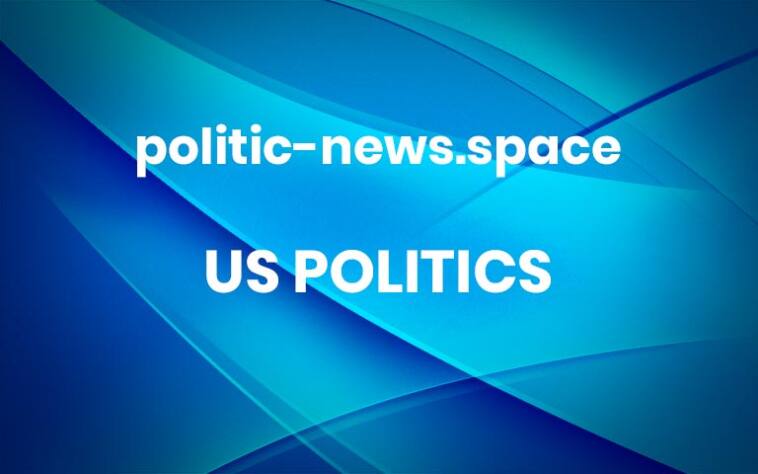The Guardian view on the EU and Ukraine: a moment of truth for Brussels and Kyiv | Editorial
The plan to mobilise Russia’s frozen assets is morally compelling and ingenious. The problem is that its enemies will never see it that wayMorally, the decision facing the European Council in Brussels this week has been a no-brainer. Russia invaded Ukraine illegally and unilaterally. Moscow shows no sign of wanting peace. It actively threatens other countries too, including Britain. Ukraine is running out of money. Yet £184bn worth of Russian assets remain frozen in Europe, notably in Belgium. That money should therefore be mobilised to fund Ukraine. To many, this would be the enactment of a clear and present duty, proof positive that Europe can still be a heavy hitter.In the messy reaches of the real world, however, things have not been straightforward. Law, economics and politics all managed to insinuate themselves, sometimes venomously, into the intense buildup to Brussels. Reparations can have lethal political consequences. Seizure of assets will undoubtedly face legal challenge. It is also bitterly opposed by Donald Trump, who wants the unfreezing of assets to form a key part of his pro-Russian peace plan. Mr Trump is pressing hard for a quick deal, and US and Russian negotiators are poised to meet again in Miami at the weekend.Do you have an opinion on the issues raised in this article? If you would like to submit a response of up to 300 words by email to be considered for publication in our letters section, please click here. Continue reading… More



